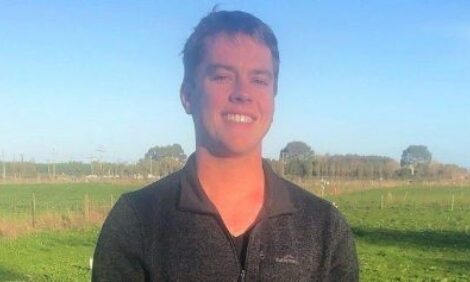



More space for climate and cow in dairy barn
Future stables are expected to be more in line with the natural behavior of cows, climate control, limiting emissions, reuse of waste, quality of manure and capital efficiency. That says Paul Galama of Wageningen Livestock Research. Together with colleagues and an international team of scientists, he mapped out stables of the future.The aforementioned factors, including climate control, the behavior of cows and the reuse of waste, influence each other. That is why, according to the researchers, it is important to make a conscious decision. A larger house leads to higher construction costs, an adapted landscape and possibly higher emissions. For example, bedded pack barns seem to be good for animal welfare due to the large amount of space, less ammonia emission and longer cow life.
What options does a farmer have?
The first important consideration is: how much space do I want to give my cows (see figure). In a bedded pack barn, the space to lie is about 4x as much as in a cubicle barn. If the cows were to graze all day, you could even use this space for horticulture, pigs or chickens. A multifunctional building. Another consideration is which fertilizer products fit my company. Floors that separate manure into faeces and manure and a cow toilet offer opportunities to limit emissions and fertilize more precisely on grassland and arable land. Bedded pack stables with wood chips, sawdust, elephant grass or sea grass as a soil material offer opportunities to produce manure with a lot of organic matter..jpg)
What now?
The main challenge is to see the barn more as part of a business system, because it has an impact on the entire business and manure chain of barn, storage and use. It must fit in with the vision of nature management, closing cycles, precise agriculture and appreciation by society. There are still many technical challenges. Think of: low-emission and easily walkable floors, techniques of manure removal and storage, alternative free-run bottoms, sustainable building material, flaring of methane or floating stables with maximum use of residual flows from nearby cities.
The “Multi climate” building is a sketch by architect Sprecher that needs further thought. Galama finds this a very interesting challenge. The idea is to capture the air in the barn or free-stall barn or the air from manure basements and blow it through the soil material in the free-wheeling area. The free lying and walking area for the cows can then be used even more as a biofilter.
In any case, the researchers believe that combining stable systems and innovations is the future. "There are already many techniques available to reduce emissions in existing houses." Galama says, "We expect more physical space for natural animal behavior is win-win for farmers and animals."


